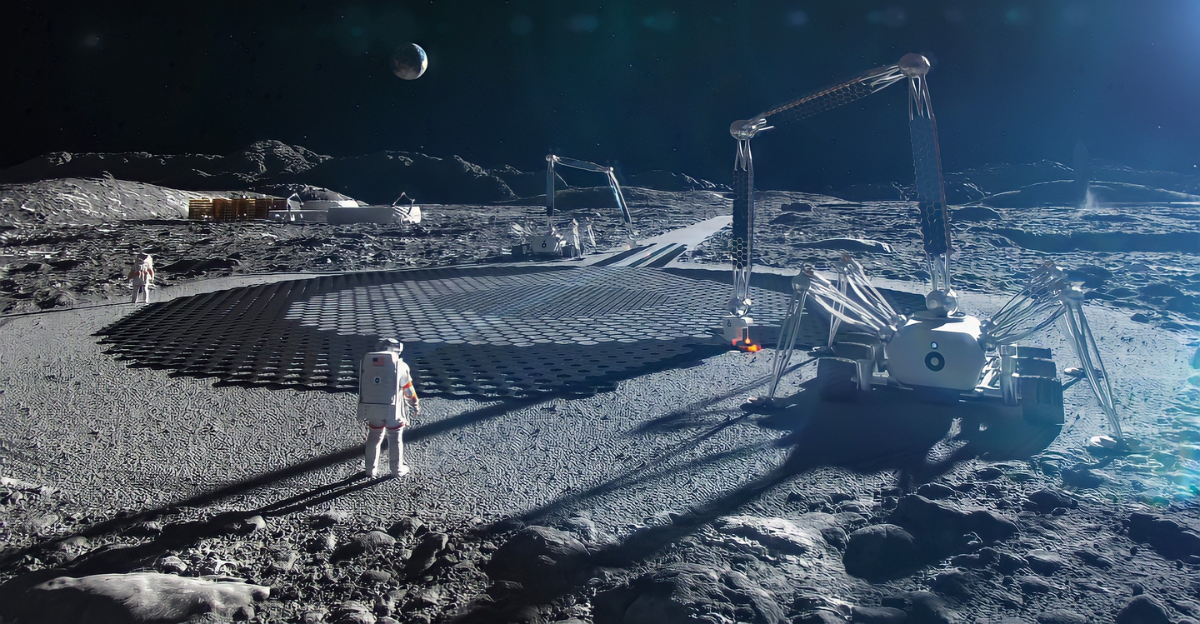
China plans to build a nuclear reactor in a place that’s never been done before—the Moon. This isn’t just some kind of showcase of technological capability but a stepping stone to longer habitations on such uniquely foreign soil.
The Moon is an inhospitable environment, to say the least, with 14-day nights, extreme temperature fluctuations, and no atmosphere—solar power isn’t a reliable option for power generation.
Nuclear energy is a reliable energy source that provides unparalleled power, even outside of the Earth. This initiative is integral to the International Lunar Research Station (ILRS), which many have surmised to be a rival to NASA’s Artemis program.
Historical Precedent

While putting a nuclear power plant on the Moon would be the first of its kind, nuclear power itself is not a new concept in space. The Soviet Union had RORSAT satellites, and the U.S. had the SNAP-10A reactor in the 1960s.
These historical projects proved that nuclear energy was viable in space, but these missions were short-lived despite their success. China’s project for a lunar reactor is the first effort to build a long-term source of nuclear energy that wouldn’t be on Earth.
If the project is successful, then sustained extraterrestrial habitation could be proved through nuclear energy.
Energy Security

The selected part of the Moon for China’s lunar base is the south pole. This part of the Moon mitigates certain risks like wide temperature fluctuations and also provides sustainable water through ice.
Their biggest issue currently is energy, which should be solved through the building of their reactor. A reactor in their base would provide them with energy independent from Earth, enabling systems like life support, scientific research, and resource extraction.
This would be an undeniably important asset for China to have, influencing their extraterrestrial projects and perhaps putting them years ahead of other nations.
Innovation
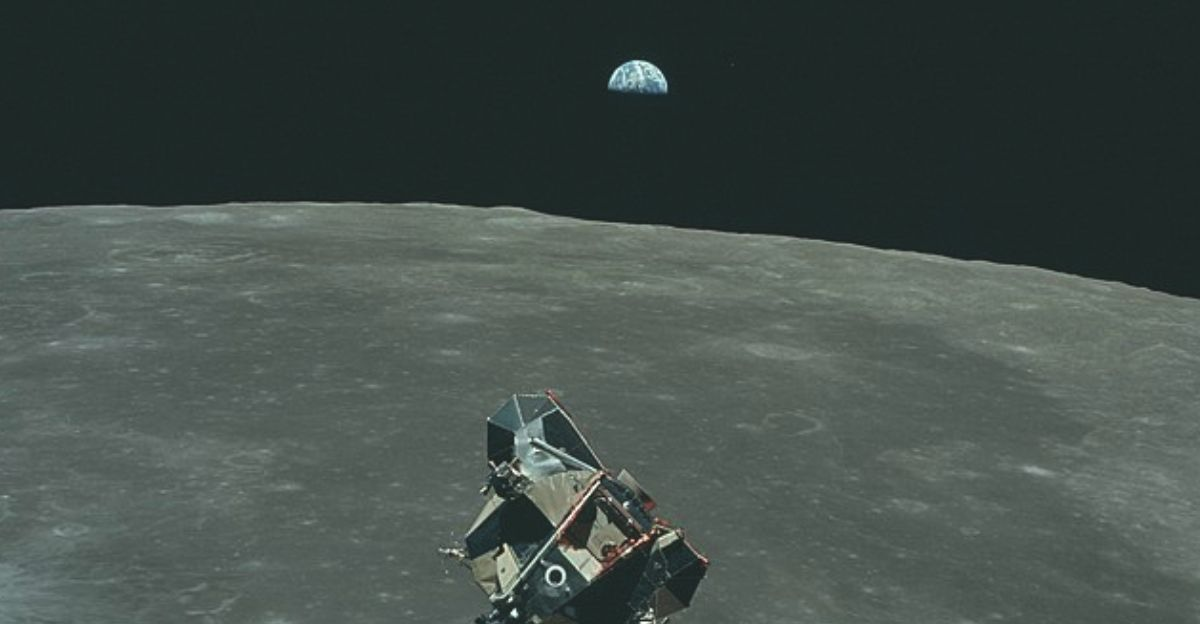
The lunar nuclear project is costing China $3 billion and is structured around advanced robotics and artificial intelligence. Robotics will do most of the labor, constructing the reactor and continuing its maintenance. These methods minimize the risks of human casualties in the Moon’s hazardous environment.
AI is another important component of the project, monitoring the reactor and ensuring accurate performance readings and failure predictions. All of these systems working together would, in theory, keep the lunar reactor sustained and operational without needing direct intervention from human technicians.
These innovations leverage cutting-edge technology and use it in surprising new ways.
Collaboration Between Nations

THE ILRS is a joint effort between Russia and China and is not closed off from other nations. The “555” project is aimed at bringing in 50 countries, 500 research institutions, and 5,000 scientists, which would make the lunar reactor a science platform for most of the globe.
This invitation to collaborate challenges the American-centric space alliances, offering an alternative for international cooperation in space research, technology, and even governance.
With the best minds and institutions being involved in the project in the future, the age of space exploration and scientific research could be accelerated at an unbelievable rate.
Ecosystem Engineering
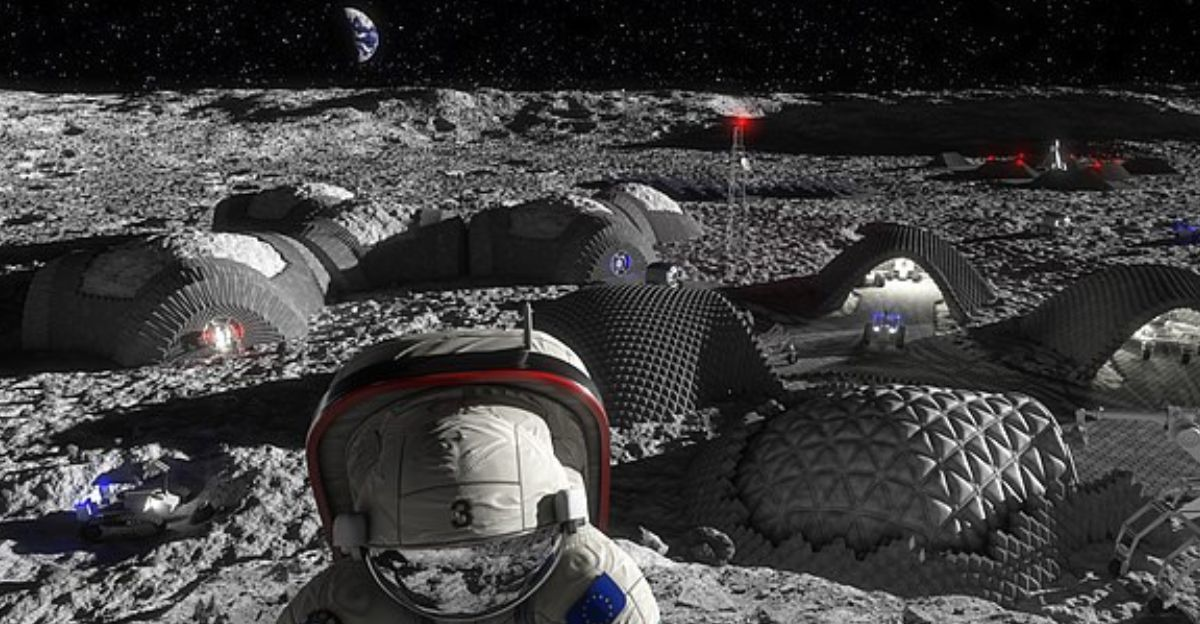
One of the biggest issues that lunar habitation runs into is a reliable and sustainable source of energy that could sustain a population and all of their long-term needs.
A nuclear-powered base would power anything that’s required, and importantly, work for decades to come. Reliable energy enables closed-loop life support, hydroponic agriculture, and 3D printed habitats using lunar regolith.
A reactor also has the power to enable large-scale oxygen, water, and metal extraction. This would mean that the people at the lunar base wouldn’t just be surviving, but engineering their own ecosystem around them.
Other Views
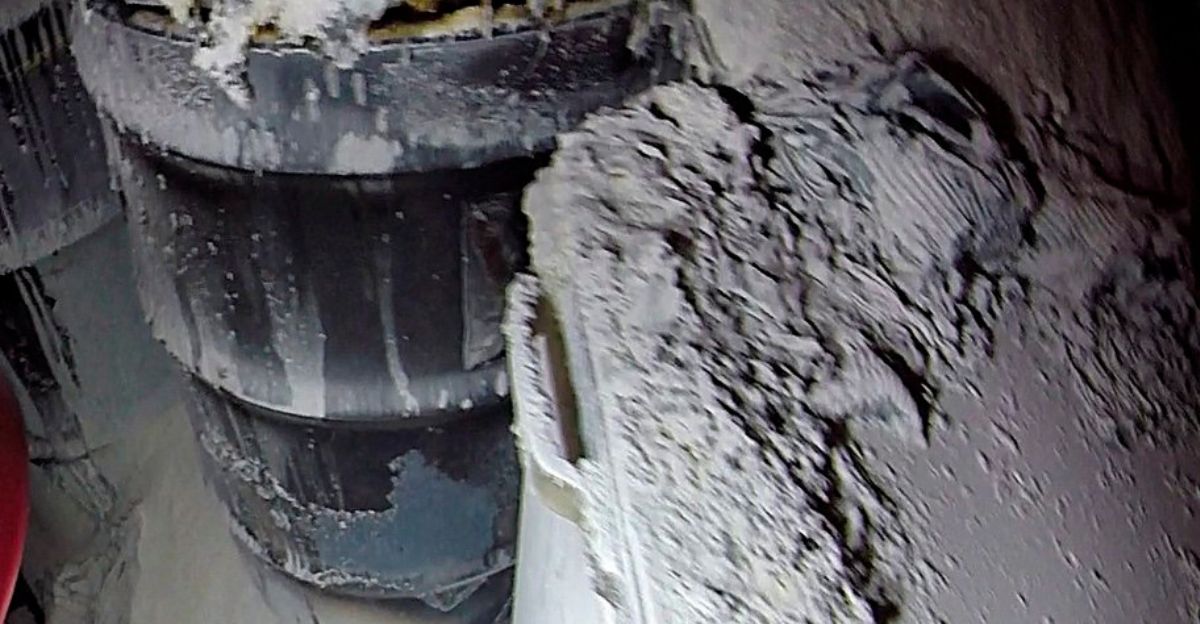
There are critics who warn of the proliferation risks of nuclear accidents. Others argue that the Moon is the safest space for this infrastructure to be built on, with there being no risk to ecosystems, habitats, or the same environmental effects that nuclear disasters have on Earth.
However, there are people who feel the Moon shouldn’t become a testing ground for nuclear testing in the future, and a degree of conservation should be applied to every environment to keep it more or less intact.
On the other hand, nuclear reactors on the Moon could pioneer new nuclear tech away from a risky environment, meaning that this technology could be leveraged back on Earth.
Economic Implications
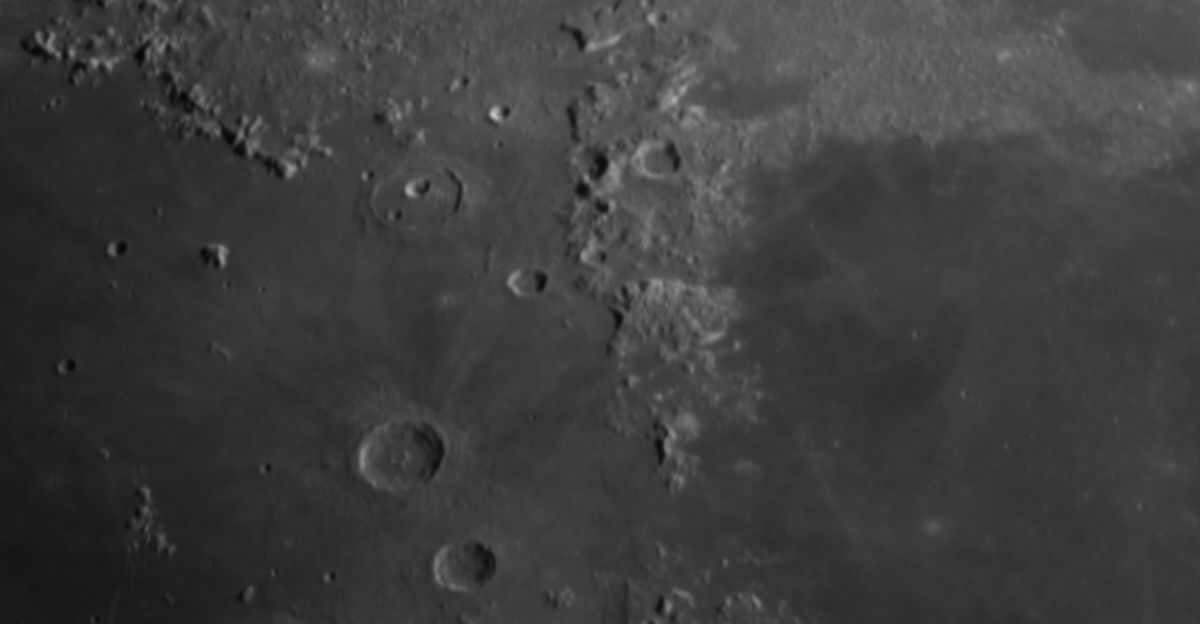
A nuclear reactor built on the Moon could be the starting point for a new space economy. With it enabling mining, manufacturing, and research, the costs of lunar operations could be drastically reduced.
Many advances on the Moon, such as robotics, AI, and radiation shielding, could all have applications on Earth, driving innovation in energy, construction, and automation industries.
The reactor could set up the Moon as more than just a frontier research base, but an industrial hub that could accelerate us into becoming a multiplanetary species.
Ripple Effects

The ripple effects of a functioning lunar reactor are profound. There could be implications of a new space race, forcing nations to accelerate their own nuclear space programs to keep up with ILRS.
New alliances and partnerships could be formed, but others could also be broken as political tensions rise. Over time, lunar infrastructure could be developed and powered by the lunar reactor, such as communication relays, asteroid mining efforts, and even deeper space exploration using the Moon as ground control.
The Moon as a new base of operations for frontier space science could be a launchpad to explore the entire solar system.
Implications For Animals

As with human expansion, there are implications that once a human settlement is established in the future and it wasn’t prohibited, people may start bringing animals across too.
Hydroponics may not be enough, and livestack habitats could be developed, but there would be consequences to migrating animals into space.
Conservation, animal welfare, and planetary protection would become and have entirely new classifications once a group of animals becomes an interplanetary species. China’s lunar reactor could lead to humanity’s first time stewarding new forms of “wildlife” beyond our planet.
Explore more of our trending stories and hit Follow to keep them coming to your feed!

Don’t miss out on more stories like this! Hit the Follow button at the top of this article to stay updated with the latest news. Share your thoughts in the comments—we’d love to hear from you!







